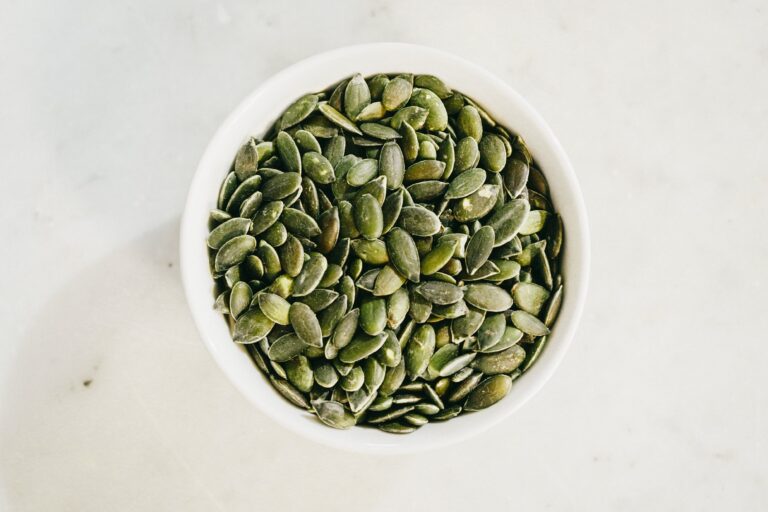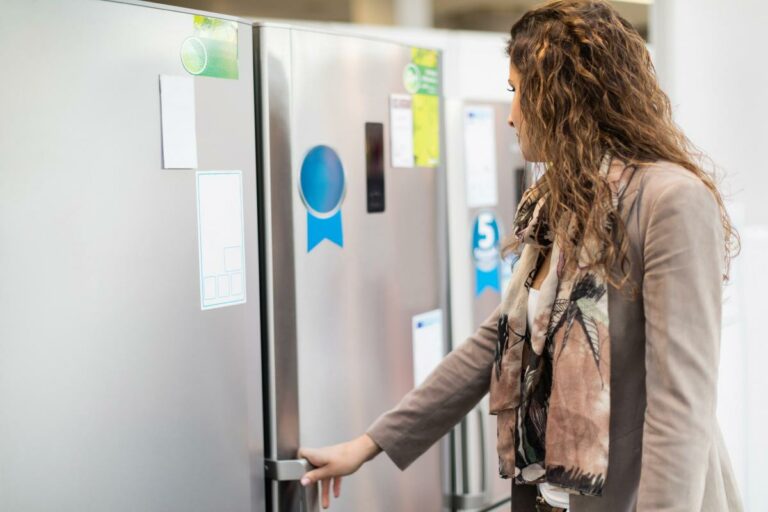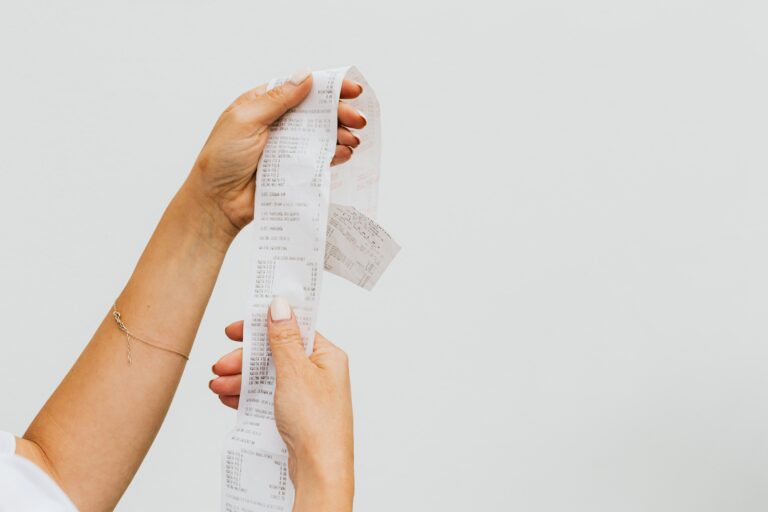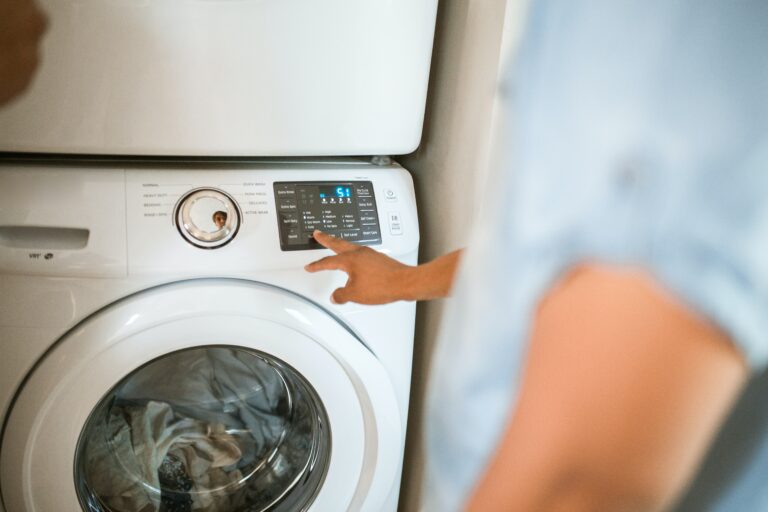How To Save Money At Supermarkets – Simple Changes That Make A Difference
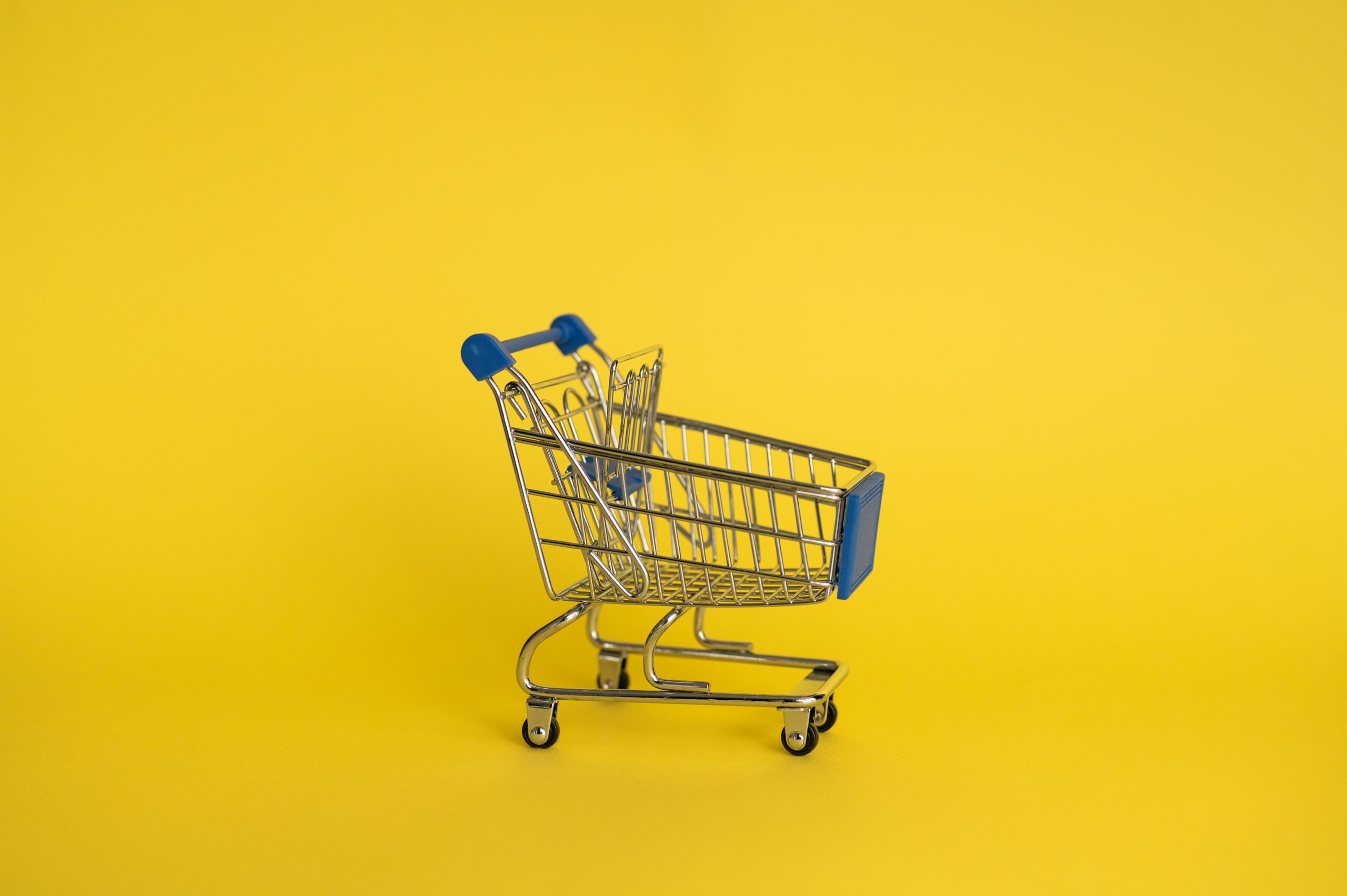
Introduction To Supermarket Shopping
Food shopping is an essential part of our lives, and most of us regularly visit the supermarket to buy groceries. However, a visit to the supermarket can quickly turn into a costly affair, leaving us with a hefty food bill and a lot of wasted food due to poor planning.
But don’t worry, saving money on groceries is not rocket science, and with a little effort, you can make simple changes that will make a big difference.
In this blog post, we will share some tips on how to save money at supermarkets in the UK based on a couple of personal, tried and tested methods which can add up to a £1000 saving per year!
Make A Shopping List And Stick To It
One of the easiest ways to save money on groceries is to make a shopping list before you go to the supermarket. A shopping list will help you avoid impulse purchases, which can quickly add up and increase your food bill.
Before making a shopping list, plan your meals for the week and check your cupboard essentials, so you only buy what you need. Think about portions and how many people you’re feeding in the family. Remember, less is more as you can always re-stock if you run out.
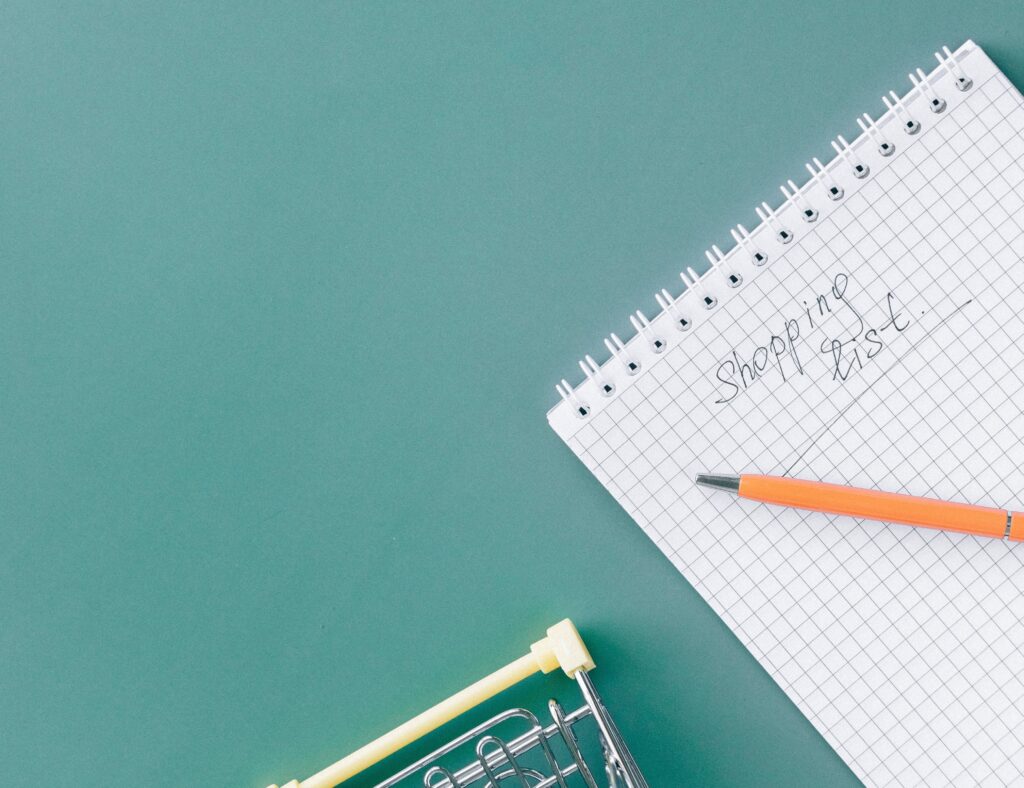
Don’t Shop On An Empty Stomach
We’ve all done it! Walking around the supermarket when you are hungry is lethal for your bank account. When you are hungry you tend to buy more than you would if you weren’t hungry and a lot of it will be junk food or waste.
Colourful packaging and yellow labels are very attractive to a shopper who fancies a quick snack on the way back to the car! Stick to your shopping list and make sure you’ve eaten beforehand.

Food Shop Online If You Prefer
Food shopping online can be an excellent way to save money on groceries, as it allows you to compare prices and find the best deals without leaving your home.
Online prices are often cheaper than in-store prices, and most major supermarkets offer exclusive discounts and digital coupons to their online customers.
Also, when shopping online, you can easily keep track of your spending and avoid impulse buys. The top supermarket chains are all competing to deliver the best app and online experience. Our favourite at the moment is the Lidl Plus App followed by Tesco so make sure you check them out if you haven’t done so already.
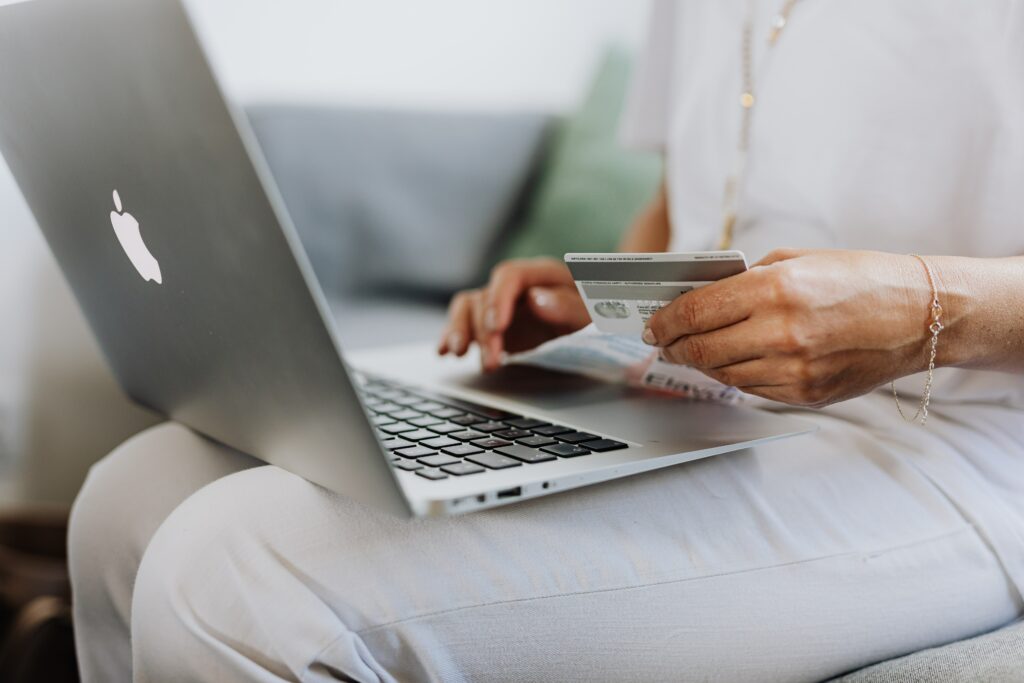
Buy Own Brand Products
Buying own-brand products is an easy way to save money on groceries without compromising on quality. Most major supermarkets have their own brand products, which are often cheaper than branded products.
These products are usually made in the same factories as branded products, using similar ingredients and standards, but with different labels that aren’t as colourful. This to keep costs down during manufacturing and to lower the consumer price, also.
You could create a shopping list of own brands only for your supermarket shop and compare the difference to a branded shop. Don’t forget own brand seasonal fruit in your grocery shop and also pet food own brands which are surprisingly good quality if you are a pet owner.
You tend to find the best before/sell-by-date range is no different to branded goods so you certainly aren’t getting any less of a product.
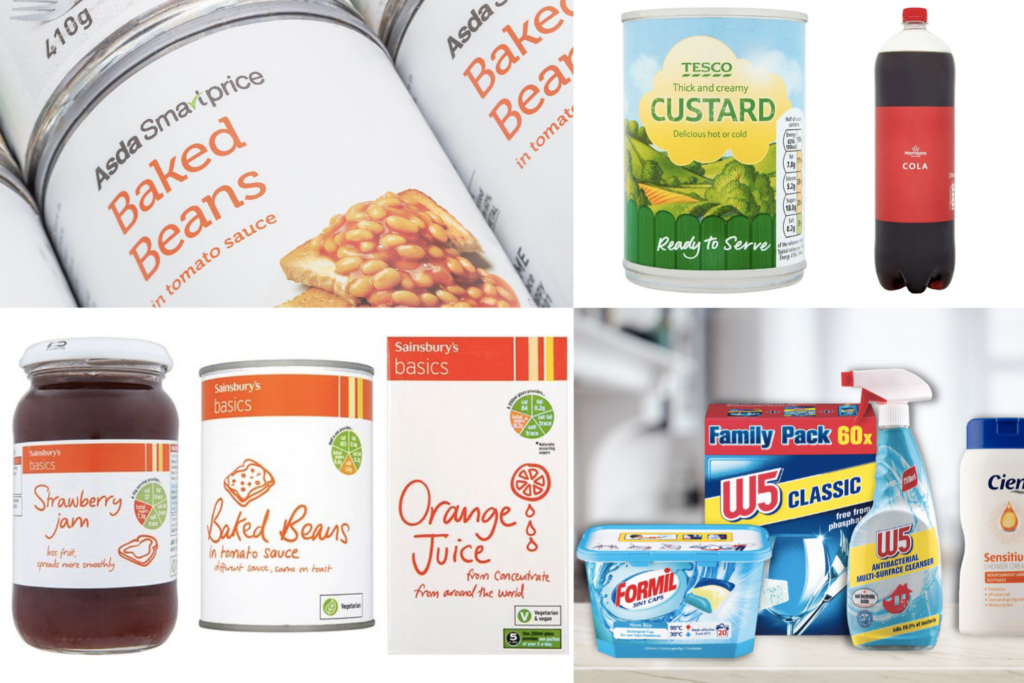
Check Use-by And Best-before Dates
Checking use-by and best-before dates can help you avoid wasting food and save money on groceries. Use-by dates indicate when food is no longer safe to eat, while best-before dates indicate when food is at its best quality.
When shopping, try to buy food items with the longest use-by date or best-before dates, and plan your meals accordingly.
Top tip: Keep an eye out for reduced grocery prices due to the end of shelf life. As long as you plan to consume the same day or within a reasonable timeframe you can save a fortune on fresh produce as you can generally consume safely after the date stamped on the label.
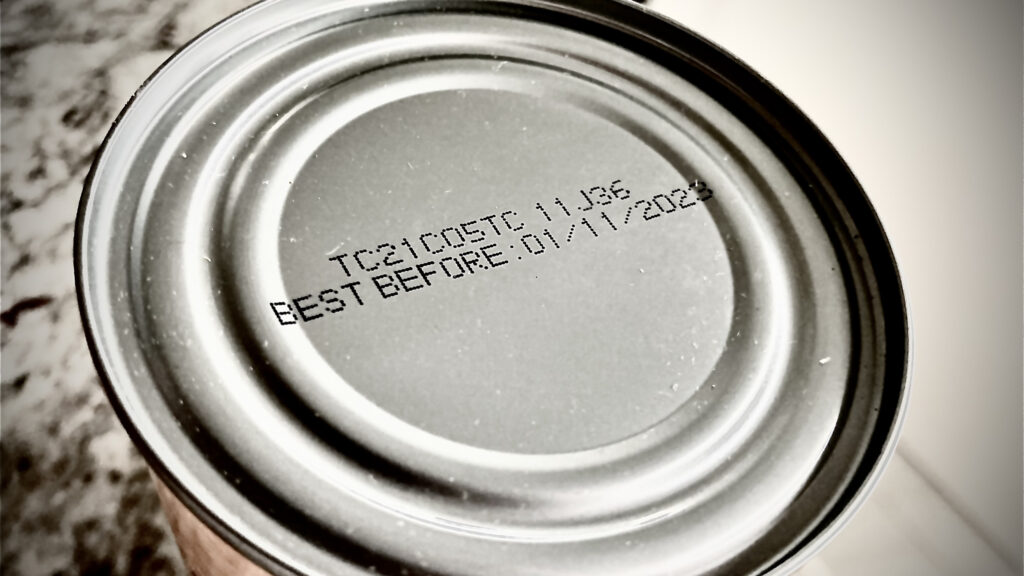
Reduce Food Waste And Meal Plan
The key part of this is managing what can be frozen and when you plan to consume something. You really can’t do enough meal planning and calculation here as the better you get at it the less you will waste.
Reducing food waste will save you money and you’ll also contribute to a more sustainable environment too. Buying seasonal fruit and choosing cheaper cuts of meat like chicken thighs, for example, are great ways of cutting down costs and waste.
Seasoned fruit is fresher as it’s in-season and generally lasts longer. Meal planning with cheaper cuts of meat won’t compromise taste come meal time but will save money in the long run.
Top tips: use a slow cooker to cook leftovers (bones, vegetable off-cuts etc) and make your own stock. Freezing fresh food straight away and taking it out the day before to defrost will help keep everything fresh.
Also, keep an eye out for yellow sticker discounts, which indicate discounted items that need to be sold quickly. If you have a shopping list and your meals for the following day match up with what’s reduced, then winner winner!
If you don’t need it though, don’t buy it just for the sake of it being cheap.
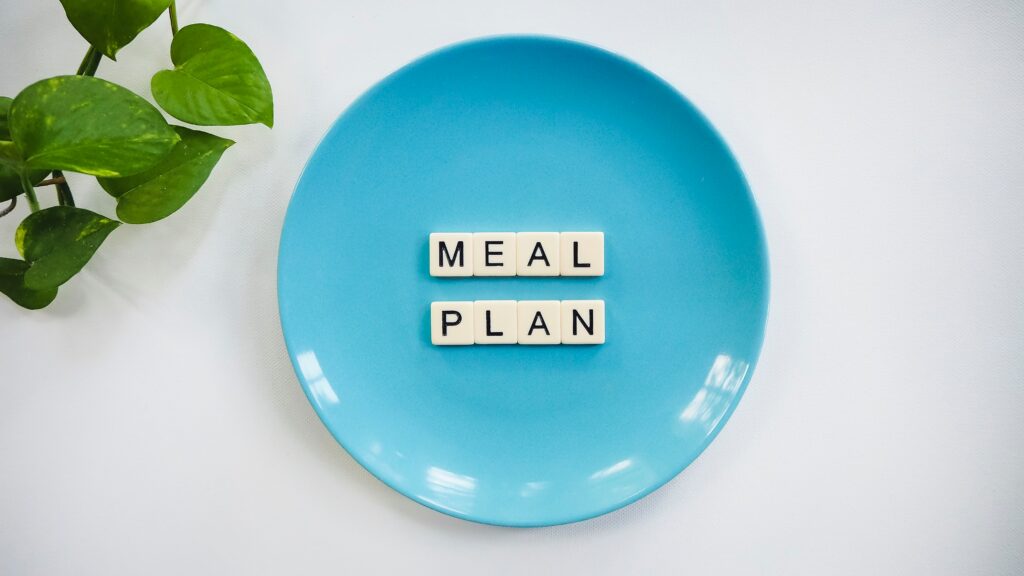
Buy In Bulk
Buying in bulk can be a great way to save money on food and groceries, especially for store cupboard essentials like pasta, rice, and canned goods like baked beans. When buying in bulk, make sure to check the unit price, which indicates the price per unit of weight or volume. Buying in bulk can also be a great option if you have a wholesale club membership.
Places like Costco are great for bulk buying because their business model is large quantities at cheaper rates with a quick turnaround. If you can set up a Costco account through a business or referral scheme with work it is well worth it.
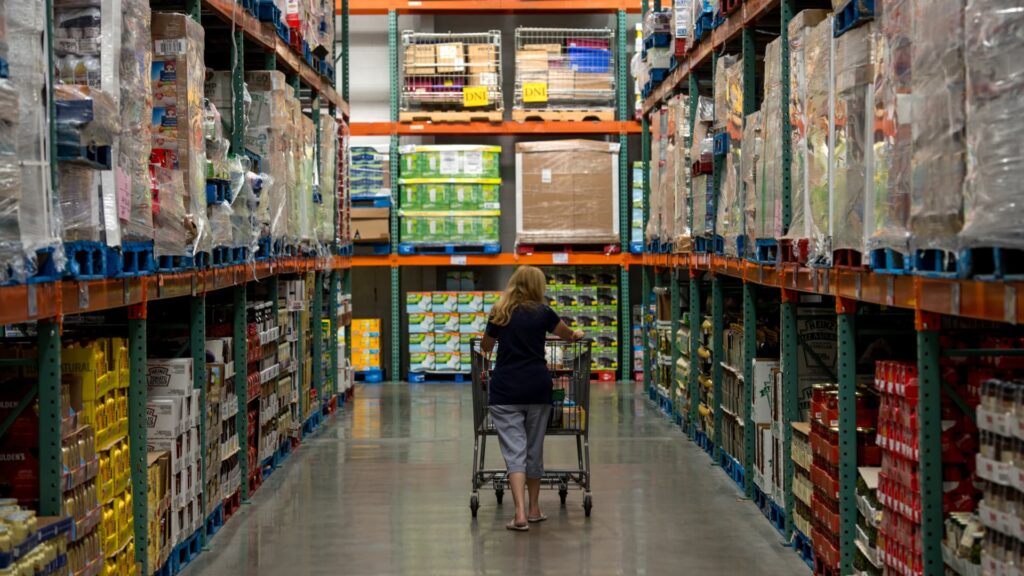
Shop At Local Markets If The Price Is Right
Shopping locally can be an excellent way to save money on fresh food, especially fruits and vegetables. Nearby markets often offer seasonal produce at lower prices than most grocery stores.
Also, local markets can be an excellent opportunity to support local farmers and producers and discover new food items. It’s becoming very tough for farmers and local stores to compete with the likes of Asda, Sainsbury’s and Tesco due to price dictation so your support to these businesses helps them to keep trading.
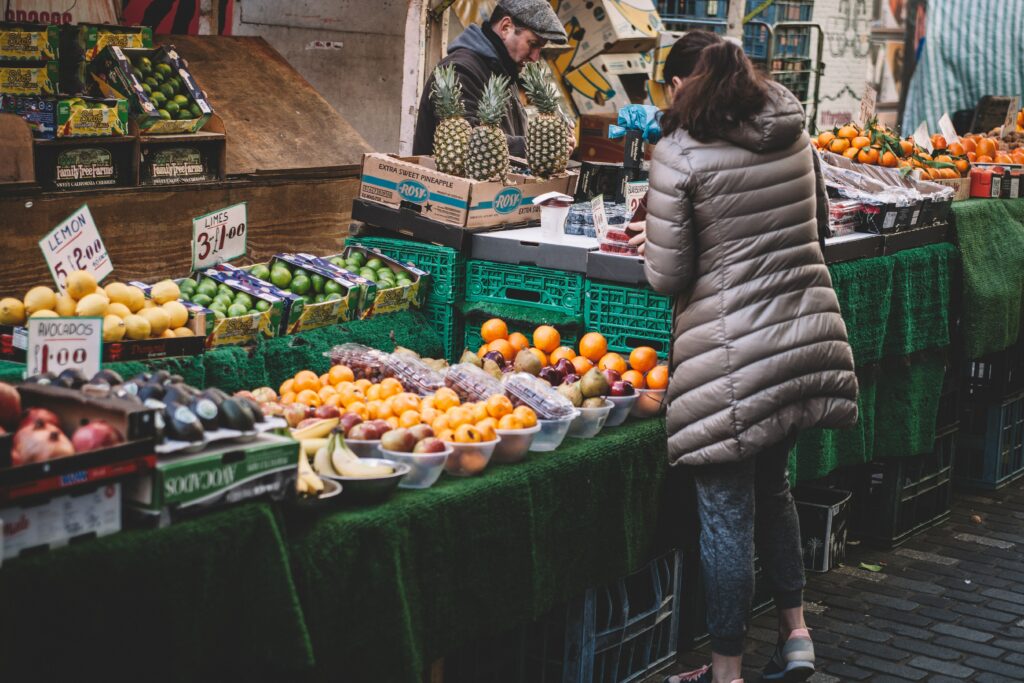
Don’t Let The Store Layout Fool You
Most supermarkets’ layout is strategically planned and laid out although you might not think it. In most cases, essentials like fresh fruit and meats will be at different ends of the store. This is to make you travel the full length to increase the window of opportunity to cross-sell other products.
How many times have you ‘bobbed’ in for one or two things and come out with four or five? What would have been a £10 trip has now cost £20 for example. Combined with yellow labelling it can cost you a lot over the space of 12 months if you’re not strict with your shopping list.
Check Ground Level Shelves
It’s important to check ground-level shelves as you can often find better value-for-money products there. The leading brands tend to have agreements with supermarket chains to promote their products at eye level to shoppers so make sure you have a good look for alternatives and compare the prices from top to bottom.
The best bang for buck and surprises are often found when you do a bit of digging! Supermarkets often place items on ground-level shelves as part of their clearance or promotional sales. These deals may not be as noticeable as those on eye-level shelves, so it’s important to keep an eye out for them to save money.
Don’t Get Caught Out With Yellow Stickers
After years of walking around lots of supermarkets doing the food shop and odd trips grocery shopping, we started to notice that some supermarkets more than others are very clever when it comes to yellow labelling.
What we mean by this is, yellow labels are actually designed to draw your attention to the product. But be careful as in some cases you can actually buy a like-for-like product or alternative cheaper in another section (or at ground level in reference to the above).
Yellow labelling can either be:
- Reduced to clear (which is good) – Reduced to clear is either damaged or best before dates reach their end of shelf-life. These are overlapped labels manually printed on products and a great way to grab a bargain.
- Discounted on promotion – These are the ones to watch out for as they can make it look like there’s a large discount when in fact there’s usually a much better alternative nearby. Check the price per kg and ml as manufacturers are producing smaller quantities in the last 5-10 years so make sure you get your money’s worth.
- New release – A new product is marketed to catch your eye intentionally. They tend to be on a dedicated stand or standout section on the shelves so be careful and don’t be distracted by these unless it really is a bargain. 90% of the time it’s not and you can do without it.
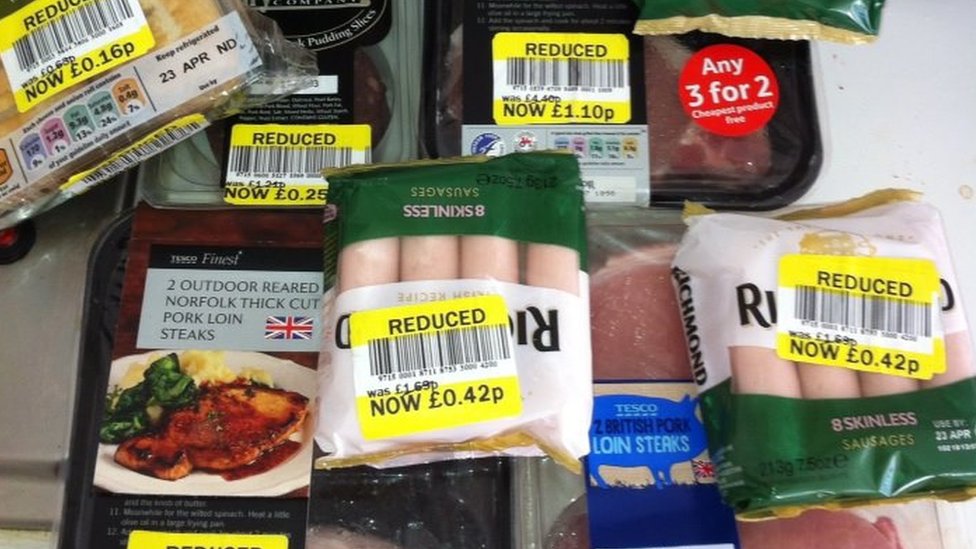
Choose The Best Locations
The costs can add up before you have even stepped foot in the supermarket if you don’t plan your journey properly. Many of us choose to shop as close by as possible which is a great way to keep your fuel expenses down.
However, many people across the UK still travel unnecessarily long distances to shop. If you live in a remote area and you have no other option, then that’s fair enough, but for others, it’s best to cut down your travel time if possible.
App Rewards – Are They Beneficial?
Supermarket reward apps are becoming increasingly popular, and they can offer a number of benefits to shoppers. However, there are also some potential drawbacks to consider. Here are some of the pros and cons of using supermarket reward apps:
Pros:
- Discounts and savings: One of the biggest benefits of using supermarket reward apps is that they often offer discounts, coupons, or cashback offers that can help you save money on your shopping bills.
- Personalised offers: Many reward apps offer personalised offers based on your shopping purchase history, which can make it easier to find deals on products that you’ll actually use and enjoy.
- Convenience: With a reward app, you can view offers, add them to your shopping list, and redeem them all from within the app. You can order online too so you don’t have to leave the house. You also have the option to save your card details for quick checkout.
- Loyalty rewards: Some apps offer loyalty rewards or points that can be redeemed for discounts or free products. This can be beneficial if you repeatedly buy the same items.
Cons:
- Data privacy concerns: Some shoppers may be concerned about the amount of personal data that is collected by supermarket reward apps, particularly if they are required to create an account or link their shopping history to the app.
- Limited availability: Not all supermarkets have reward apps, so shoppers may be limited in their options if they prefer to shop at a specific store.
- App malfunctions: Like any app, supermarket reward apps can sometimes malfunction or experience technical issues, which can be frustrating for shoppers who are relying on the app to find deals or redeem offers.
- Temptation to overspend: While reward apps can help you save money, they can also be a temptation to overspend if you are tempted by offers on products you don’t actually need (although this applies to in-store too!)
Overall, supermarket reward apps can be a great tool for saving money and making grocery shopping more convenient. However, it’s important to carefully consider the potential pros and cons before deciding whether to use a particular app or not.

Shop Alone
Shopping alone when doing the weekly food and groceries shopping on a budget is important for several reasons:
- Avoiding distractions: When shopping with others, it can be easy to become distracted by conversations or other activities, which can lead to overspending or buying items that aren’t necessary.
- Sticking to the list: Shopping alone can help you stick to your shopping list and avoid impulse purchases. It can be tempting to buy items that aren’t on the list when shopping with others, but when shopping alone, you can focus on getting only what they need.
- Faster shopping: Shopping alone can also make the shopping trip faster and more efficient. With fewer distractions and no need to coordinate with others, you can move quickly through the store and get in and out quickly.
- Better decision-making: Shopping alone will allow you to make better decisions about what to buy. Without the input or opinions of others, you can make decisions based solely on your own family needs and priorities.
- Avoiding disagreements: Shopping with others can sometimes lead to disagreements or conflicts over what to buy or how much to spend. Shopping alone can help avoid these types of situations and make the shopping experience more enjoyable overall.
Overall, shopping alone when doing the weekly food and grocery shopping on a budget can help you stay focused, save time and money, and make better decisions about what to buy.
Understandably, it’s easier said than done if you have the kids with you, but try and shop alone if you can.
Use A Budget-Friendly Bank To Make Payment
Paying for your shopping with a budget-friendly banking app can be beneficial for several reasons, including:
- Real-time budget tracking: Budget-friendly banking apps such as Starling Bank provide real-time updates on your spending, so you can easily see how much you’ve spent and how much you have left in your budget. This can help you avoid overspending and stay on track with your budget goals.
- Automated budgeting: Many budget-friendly banking apps allow you to set up automated budgeting tools, such as setting spending limits or setting aside money for specific categories like food. This can make it easier to manage your budget without having to manually track every expense.
- Alerts and notifications: Some budget-friendly banking apps provide alerts and notifications when you’re approaching your budget limits, so you can adjust your spending accordingly. This can help you avoid overspending and stay on track with your budget goals.
- No fees or hidden costs: Many budget-friendly banking apps, such as Monzo and Starling Bank, don’t charge fees for using their services, which can save you money compared to traditional banking services which may charge fees or have hidden costs for money management features.
- Budget-friendly features: These apps often have features designed specifically to help you manage your budget, such as categorising expenses and providing spending insights. These features can help you better understand your spending habits and make informed decisions about your budget. In some cases, you can round up your spend into a savings pot for the future.
Overall, paying for your shopping with a budget-friendly banking app can help you stay on track with your budget goals, avoid overspending, and save money in the long run. By using apps such as Starling Bank, or other budget-friendly banking apps, you can make budgeting and managing your finances easier and more convenient.
Conclusion
In conclusion, saving money on your supermarket shop is not rocket science, and with a little effort, you can make simple changes that will make a big difference.
By making a shopping list, consider shopping online, buying own brand products, checking use-by and best-before dates, reducing food waste, buying in bulk, and shopping at local markets, you can save money on your supermarket spending and make the most out of your monthly grocery budget.
You don’t have to try everything in one go. Consider trying an online shop for example if you normally shop in-store and see what the spending difference is over a month or so. Alternatively, try making a strict list and sticking to it. If we were to pick one option then that would be it to start with. Happy budgeting!

